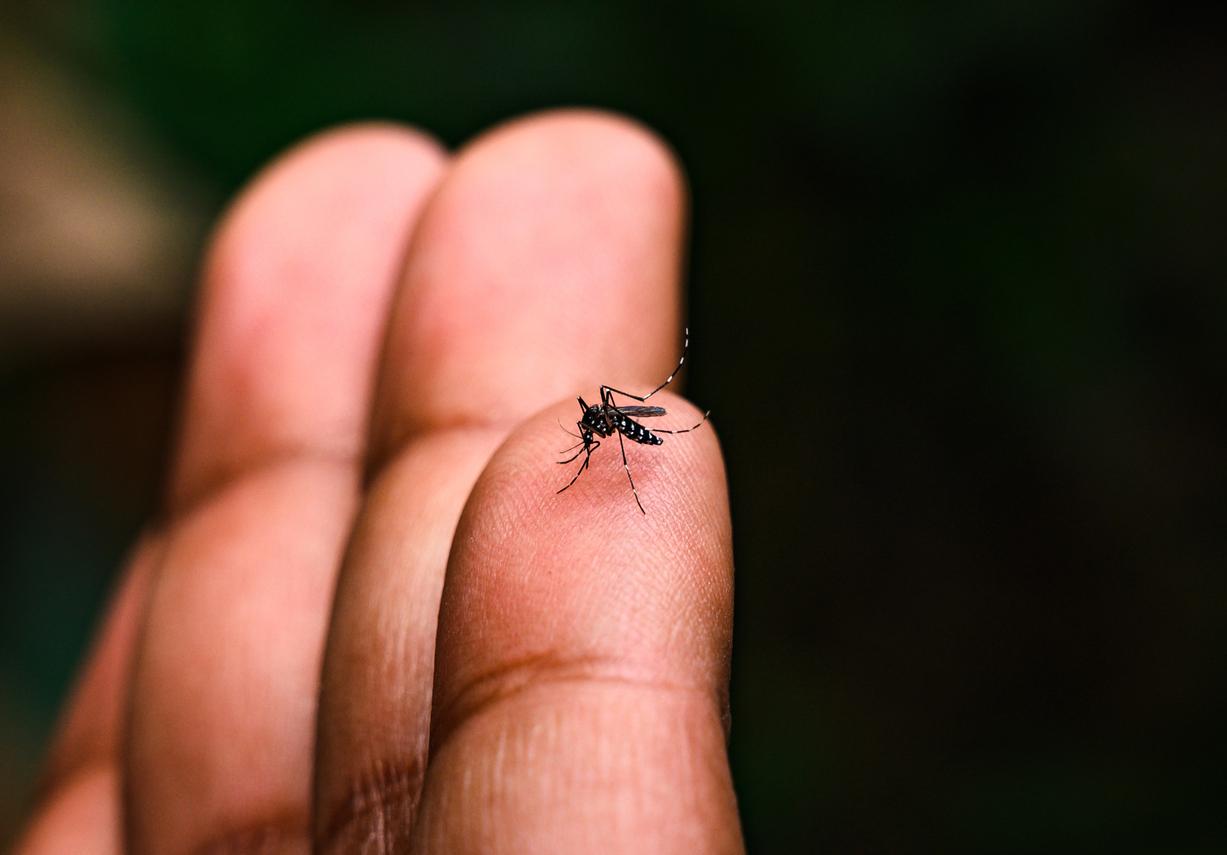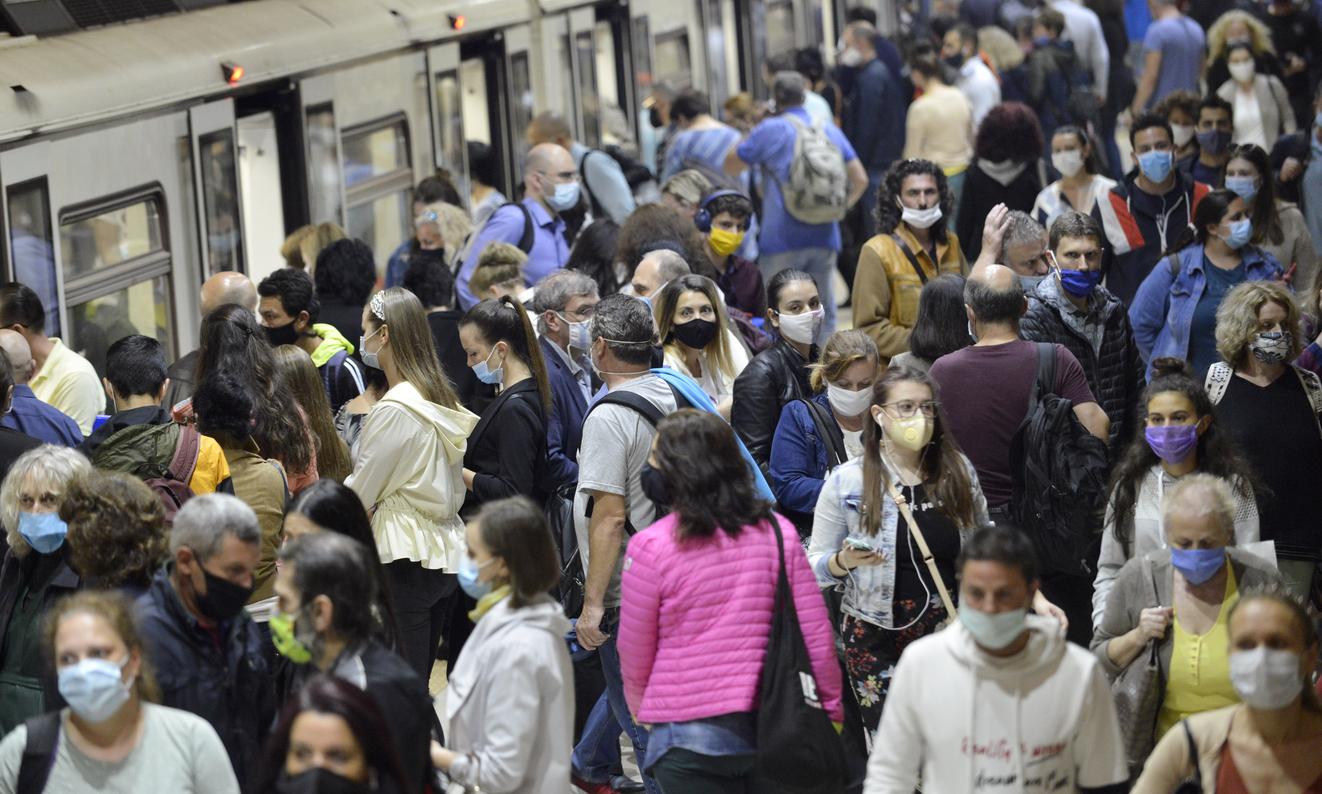Several countries around the world are still affected by this highly contagious virus. It can cause irreversible paralysis.

The number of people with poliomyelitis has decreased by 99% since 1988, but the virus is still resisting despite several eradication actions. Since July 2019, 11 polio cases have been detected in Ghana. In early December, Malaysia detected a new case, for the first time in 27 years. In Pakistan, Nigeria and Afghanistan, the disease is still considered endemic.
Paralysis in a few hours
Poliomyelitis is caused by a highly contagious virus: it invades the nervous system and can totally paralyze an individual in just a few hours. In one out of 200 cases, the paralysis is irreversible, and 5-10% of paralyzed patients, the disease is fatal. The first symptoms generally observed are vomiting, fever, headache, pain in the limbs or stiffness in the neck. In most cases, children under the age of 5 are affected.
The transmission of the disease is mainly by the faecal-oral route, that is to say that a person becomes infected when he puts in contact with his mouth things that have been soiled by faeces (finger, object, food). Once the person is infected, the virus multiplies in the intestine.
The vaccine, the only means of prevention
There is currently no treatment for poliomyelitis, the only way to act against the virus is vaccination. The vaccine must be administered by injection or orally in several times. These vaccination campaigns are sometimes difficult to set up. For several months in Pakistan, attacks have been perpetrated against the medical teams in charge of delivering the vaccine. Local populations are very suspicious of the vaccine, suspected of causing side effects. In December 2019, two police officers were killed while accompanying health professionals.
The hope of eradicating the disease
According to the Pasteur Institute, 101 cases were recorded in 2015 worldwide. Before the development of vaccination, more than 600,000 children were affected each year. The World Health Organization estimates that 80% of the world’s population lives in areas where poliomyelitis has been eradicated.
.















